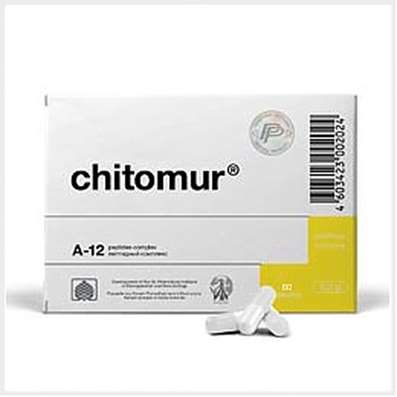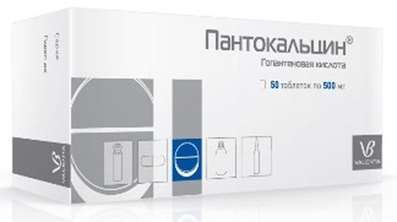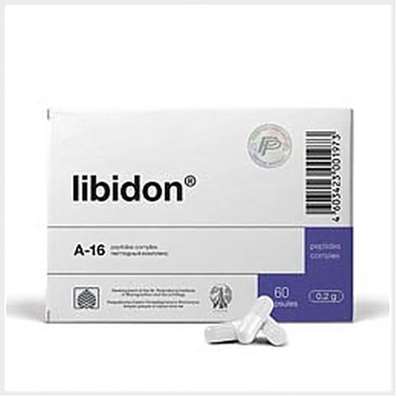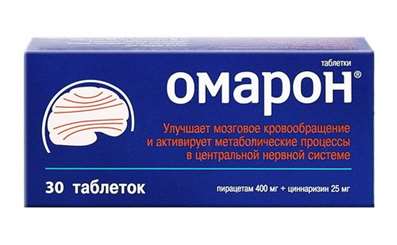Instruction for use: Aquacitramon
I want this, give me price
Active substance Acetylsalicylic acid + Caffeine + Paracetamol
ATX Code N02BA71 Acetylsalicylic acid in combination with psycholeptics
Dosage form
Granules for solution for oral administration
Composition
One package contains:
Acetylsalicylic acid-0.36 g
Paracetamol-0.27 g
Caffeine-0.045 g
Excipients:
Lactose, citric acid, sodium hydrogen carbonate, polyvinylpyrrolidone low molecular weight, saccharin, sodium cyclamate, flavor.
Description of dosage form
Granules from white to white with a creamy shade of color with a faint smell of lemon.
Pharmacological group
Analgesic, non-narcotic agent (non-steroidal anti-inflammatory drug + psychostimulant + non-narcotic analgesic).
Pharmacological (immunobiological) properties
The drug has analgesic, antipyretic and psychostimulating effect.
Acetylsalicylic acid has analgesic, antipyretic and anti-inflammatory action, inhibits platelet aggregation.
Paracetamol has an antipyretic, analgesic effect.
Caffeine reduces drowsiness and fatigue, increases mental and physical performance, increases heart rate, increases blood pressure in hypotension.
Indications
Aquacitramon is used in adults with mild to moderate pain syndrome (headache, toothache, neuralgia, myalgia, thoracic radicular syndrome, lumbago, arthralgia, menstruation pain, etc.), in adults and children over 15 years of age to reduce fever, at "cold" and other infectious-inflammatory diseases.
Contraindications
Increased individual sensitivity to the drug components, erosive and ulcerative lesions (in the exacerbation phase) of the gastrointestinal tract, gastrointestinal bleeding, increased tendency to bleeding, aspirin asthma, hemorrhagic diathesis (hemophilia, von Willebrand disease, telangiectasia, hypoprothrombinemia, thrombocytopenia, thrombocytopenic purpura), exfoliating aortic aneurysm, portal hypertension. Deficiency of vitamin K. Deficiency of glucose-6-phosphate dehydrogenase. Pregnancy (I and III trimester) and the period of breastfeeding.
The drug is not prescribed as an anesthetic for people under 18 years old, as an antipyretic agent - children under 15 years with acute respiratory diseases caused by viral infections, because of the danger of developing Reye's syndrome (encephalopathy and acute fatty liver disease with acute development of liver failure) .
Carefully
Hyperuricemia, urate nephrolithiasis, padagra, peptic ulcer and / or duodenal ulcer (in the anamnesis), decompensated heart failure.
Dosing and Administration
One packet of the drug is dissolved in 100 ml of water and drunk. Allowed a slight deposit in the glass. Use a freshly prepared solution.
The drug is used inside after eating 1 packet 2-3 times a day. The maximum daily dose is 6 packs. The interval between doses should be at least 4 hours.
If there is a violation of the kidney or liver function, the break between doses is not less than 6 hours.
The drug should not be taken more than 5 days with an appointment as an anesthetic and more than 3 days as an antipyretic. Other dosages and regimens are prescribed by the doctor.
Side effects
Anorexia, nausea, vomiting, gastralgia, diarrhea, erosive-ulcerative lesions of the gastrointestinal tract, gastrointestinal bleeding, hepatic and / or renal insufficiency, increased blood pressure, tachycardia. Allergic reactions: skin rash, Quincke's edema, bronchospasm.
With prolonged use - dizziness, headache, visual disturbances, tinnitus, reduced platelet aggregation, hypocoagulation, hemorrhagic syndrome (epistaxis, bleeding gums, purpura, etc.), kidney damage with papillary necrosis; deafness; Stevens-Johnson syndrome, toxic epidermal necrolysis (Lyell syndrome), Reye's syndrome in children (hyperpyrexia, metabolic acidosis, disorders of the nervous system and psyche, vomiting, liver dysfunction).
Overdose
Nausea, vomiting, pain in the stomach, sweating, pallor of the skin, tachycardia. With light intoxication - ringing in the ears; severe intoxication - incoherent thinking, drowsiness, collapse, convulsions, bronchospasm, shortness of breath, anuria, bleeding. As the intoxication intensifies, progressive respiratory paralysis and dissociation of oxidative phosphorylation cause respiratory acidosis.
If you suspect a poisoning, you should immediately seek medical help.
Treatment: the affected person should do gastric lavage and prescribe adsorbents (activated charcoal).
Interaction
Enhances the effect of heparin, oral anticoagulants, reserpine, steroid hormones and hypoglycemic agents. Reduces the effectiveness of spironolactone, furosemide, antihypertensive drugs, anti-arthritis agents that promote the excretion of uric acid.
Increases the side effects of glucocorticosteroids, sulfonylurea derivatives, methotrexate, non-narcotic analgesics and non-steroidal anti-inflammatory drugs.
Avoid combination of the drug with barbiturates, antiepileptics, zidovudine, rifampicin and alcohol-containing beverages (the risk of hepatotoxic effect increases).
Under the influence of paracetamol, the time of chloramphenicol elimination is increased by 5 times. Caffeine accelerates the absorption of ergotamine.
special instructions
With continued use of the drug, control of peripheral blood and the functional state of the liver is necessary. Since acetylsalicylic acid has an antiaggregatory effect, the patient, if he is to undergo surgery, must warn the doctor in advance about taking the drug. Acetylsalicylic acid in low doses reduces the excretion of uric acid. This can in some cases provoke a gout attack.
During treatment, you should stop using alcohol-containing beverages (increased risk of gastrointestinal bleeding).
Acetylsalicylic acid has a teratogenic effect: when applied in the first trimester of pregnancy leads to malformations - the cleavage of the upper palate; in the third trimester - inhibition of labor (inhibition of the synthesis of prostaglandins), the closure of the arterial duct in the fetus, which causes hyperplasia of the pulmonary vessels and hypertension in the vessels of the small circulation. Acetylsalicylic acid is excreted in breast milk, which increases the risk of bleeding in the child due to impaired platelet function.
Form of issue
3 grams of granules in a single-dose, contiguous, non-jammed package (package).
For 5 or 10 packs together with instructions for use in the pack.
Storage conditions
In a dry, the dark place at a temperature of no higher than +25 o C, inaccessible to children.
Shelf life
2 years
Do not use about expiration date indicated on the package
Conditions of leave from pharmacies
Without recipe

 Cart
Cart





